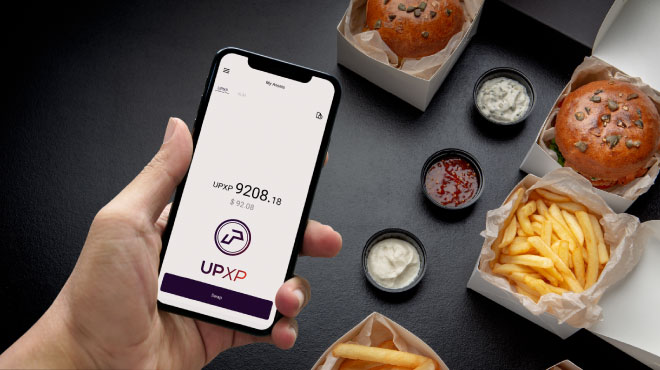

Leslie Park Lynn is a 15 year restaurant industry veteran.
Throughout the ages, man has sought to make things quicker, better and faster. What began as tool making has evolved to the invention of machines and automation. Many industries, such as the auto industry, have been embracing automation and robotics for many years. So, it is really not surprising that automation and robotics would come to the restaurant industry at some point. Now that it’s here, the industry is only beginning to understand its potential and impacts to restaurant operations.
Robotics and the restaurant industry
With labor being a huge factor in the profitability of restaurants and the growing pressure for the restaurant industry to pay a higher wage, many restaurant chains have begun testing new technologies that could reduce the number of restaurant workers significantly over the next few years. And while the savings to labor numbers is very appealing, robotics and automation offers potential savings and efficiencies in other areas as well.
Restaurant industry experts are warning that if wages rise significantly, the industry could reach a tipping point where the cost of automation implementation would look very appealing. That will mean fewer jobs in the industry, not just in the front of the house, but in the kitchen as well.
While the implementation of automation seems inevitable, many still believe that implementation will be slow and that the human factor will never be fully removed from the dining experience. While both of these ideas are most likely true, there is no doubt that automation and robotics will have a big impact on the restaurant industry in the not so distant future.
While quick serve is at the forefront of automation, fast casual and casual dining are moving forward also. The U.S. chain of Panera Bread has redesigned its stores and put in self order kiosks to address long wait lines, inaccurate orders and slow throughput. Chili’s, Applebee’s and Olive Garden have also embraced automation by adding tablets to their tables to allow customers to order and pay their bill without the assistance of a restaurant employee. While some analysts believe restaurant operators will only shift labor around in the restaurant, not reduce it, many feel labor will be saved and reduced as consumers adapt to the technology and automation gets more prevalent and sophisticated.
University of Oxford released a paper last year that has been cited by many experts in the restaurant industry. The researchers predicted that over 90% of fast food restaurants will become fully automated over the next couple of decades. While it will certainly take time, it is clear to see that the entire industry is headed that way.
Along with automation and robotics, artificial intelligence is also making huge strides. It is not unreasonable to assume that the gains in language understanding and reasoning will make the implementation of these technologies into the restaurant industry an easier and more fluid process. And, it is possible that these attributes could even enhance the customer experience and provide better personalization than self-order kiosks.
Delivery and food preparation
When it comes to delivery restaurants, customers may soon find their orders being delivered by self-driving cars and drones, replacing the thousands of delivery drivers currently working in the restaurant industry. This technology would make the delivery process faster and more efficient for customers as well as restaurants.
When it comes to the back of the house, current technologies are gearing up to automate food preparation and recipe building. Not only is there the potential for labor savings, automation in the kitchen could drive food costs down significantly as robots would be much more precise in ingredient measurement and consistency. This could enhance the customer experience by providing consistent food faster and cheaper.
Another area that is currently being tested is automated bartending. This could be a huge area of savings for restaurants as consistency of liquor pours is often a challenge. Automated bartending would produce a perfectly mixed drink at a very predictable liquor cost. For the bar industry this could add double digits to the bottom line and increase the speed of service exponentially.
These technologies will add, over time, efficiency and labor savings for the restaurant industry. But, while the temptation to replace humans might be powerful, it is hard to imagine that customers would be so willing to give up the human interaction they have become accustomed to. While machines may be more efficient only humans can provide the personal experience many are looking for when dining out.







Comments